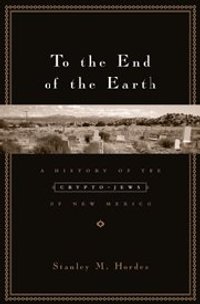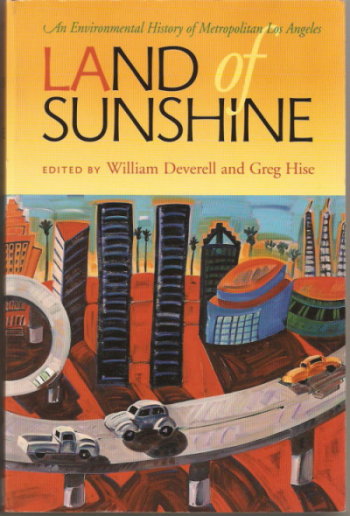Saeta by Diana Navarro. Saetas are traditonally sung during Semana Santa (Easter) in Spain and often sung from balconies as processions pass below. Interestingly, saetas are said to be be derived from Sephardic songs.
“One may ask, how prevalent was this Sephardic heritage in the history of Mexico and the Southwest? The answer leads to a number of very interesting theories and investigations…”
I left off with this question in my last post and frankly, I’ve had a difficult time synthesizing all the various theories into something comprehensible. In any case, I’ll just jump right in and jump around all the information floating in my head.
According to some of the books I read, Sephardic traditions have been very influential in the culture of the Southwest. From the way people sweep rooms to dishes like capirotada to toys like topos (related to driedels) and matracas, some point to these objects and practices as remnants of a Sephardic past. There are some who theorize that it is possible that most of the Spanish who came during the Inquisition period in Spain were of converso heritage because persecuted Jews and Muslims would be more inclined to leave behind their homes for an uncertain new land.
Trudi Alexi and her book The Marrano legacy : A contemporary crypto-Jewish priest reveals secrets of his double life attempts to document parishes of Catholic churches in Latin America and the Southwest that have secretly been practicing Judaism throughout generations, both priests and parishioners. In her book she claims priests and others have confided in her anonymously and chose not to come out as Jewish because of past and present persecution (namely the inquisition and most recently the holocaust) and nonacceptance from other Jewish traditions like Ashkenazis. In her book, she relates tales of families picking one member to become a Catholic priest as a way to shield themselves from scrutiny, have access to bible liturgy and have the inside ear of the church in order to be forewarned of any investigations. Also, in some families not everyone is aware that they may have some Jewish heritage. The confessions are often relayed on death beds and through secrets passed sometimes from grandparents to grandchildren.
By the way, until beginning this research, I had no idea the term marrano was used to describe Jews and conversos. I grew up with it being synonymous with “cochino” i.e. dirty, pig-like. It is said the term comes from arabic mahrám which means a prohibited item. It was used by Old Christians in Spain to demean new Chritian conversos. I first became familiar with the term marrano because my family and I would go to a place called Marrano Beach aka the Rio Hondo River in Montebello. It was a self-deprecating reference to Mexicans not being able to go to the real beach and therefore were stuck with the river. I wonder if people knew of it’s original meaning.
Entre La Cruz y La Hoguera by Manuel Hernandez Gomez is a Spanish language book documenting crypto-Jewish life in Mexico from the Inquisiton to present times. I admit I’m not the best Spanish language reader so I tried to focus on the bits that were related to my interests. As I mentioned before the state of Nuevo Leon was a known refuge for those of converso heritage but the author also researched other places in Mexico. Most surprisingly, some of the places one associates as being super Catholic tend to be, in his opinion, of having the most deep-seated converso heritage. (Someone like Trudi Alexi would argue the super Catholicism was a cover for practicing Judaism). One of these regions is the Los Altos area of Jalisco, home of the author. He claims this region is so superior in economy, philosophy, literature and culture because the early founders were mostly from Sevilla, a region known to have a large converso population. Some of the authors musings are a little quirky and sometimes disturbing. For instance, he finds it relevant that the Los Altos region and Israel are identical in shape. He also talks about the Battle of Mixton (1541) where a great number of the indigenous people of the area were wiped out in battle and the survivors were wiped out by disease. He writes in the footnotes:
“La extincion de los naturales del lugar, propicio a los conversos la oportunidad para no tener que mezclarse.” The extinction of the native peoples offered the conversos a reason not to mix.
I kinda stopped taking the author seriously after these proclamations. One historical refutation he did make, which I found thought provoking, was this idea that fair skinned Mexicans were the result of French soldiers stationed in Mexican pueblitos. He makes a decent case that most of the French soldiers were shunned as invaders when they came into town. Secondly, most visited prostitutes and there is little documented evidence that they intermarried or even stayed behind in these pueblitos. Also, among the Mexican upper classes the French were looked upon unfavorably.This tale of French heritage is heard all the time from various Mexicans from Jalisco, Michoacan, Guanjuato and Zacatecas. “Oh your aunt’s green eyes and fair skin came from the French soldiers!” It really doesn’t make sense. Interestingly, the areas I mentioned above are described in the book as being centers for conversos.
(to be continued…)
For many years, I attempted to find information on Arabic/Moorish heritage in Mexico and have been unable to find any really good books in English on the subject. If readers have suggestions, I’d be more than happy to receive them.



